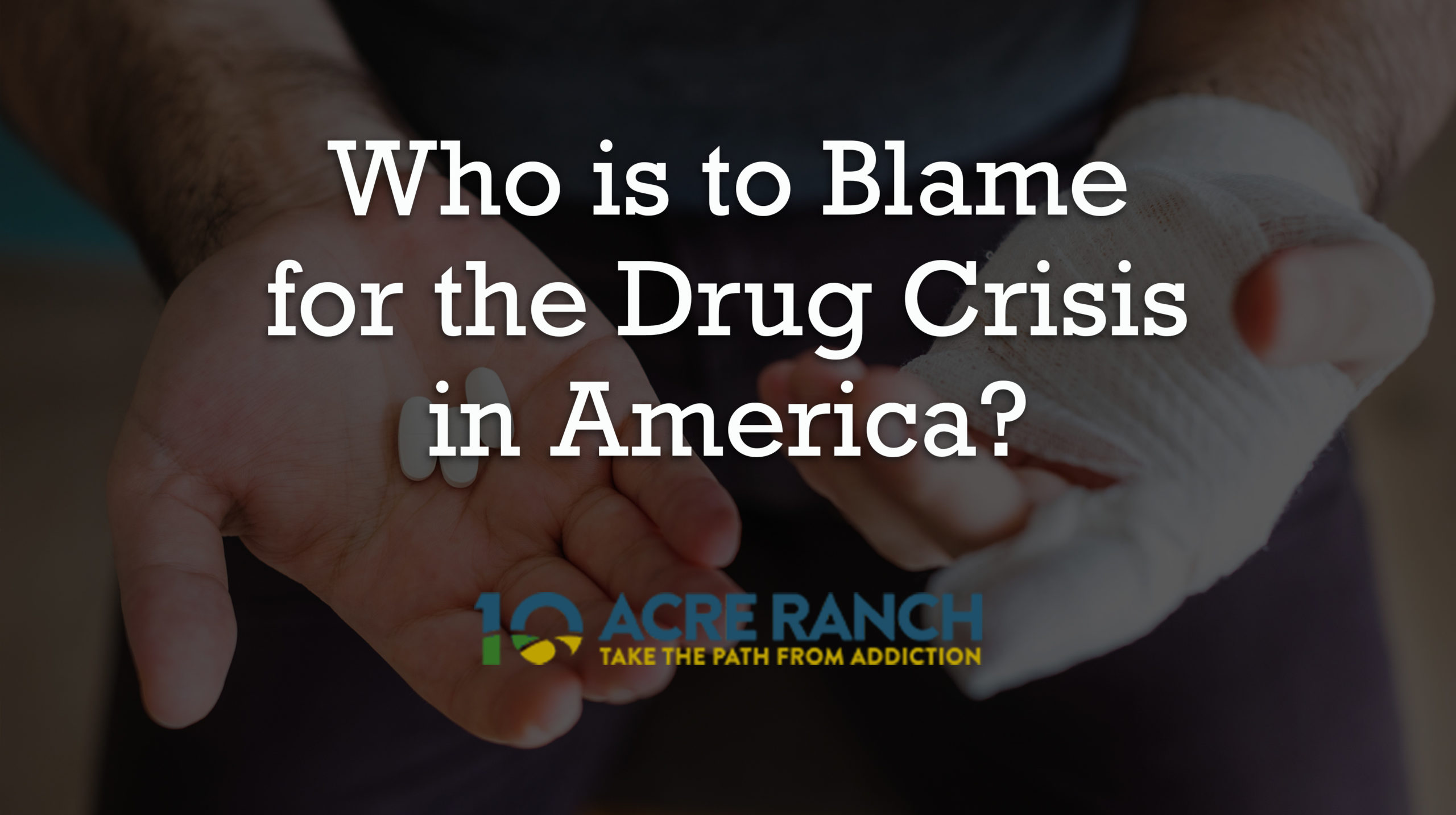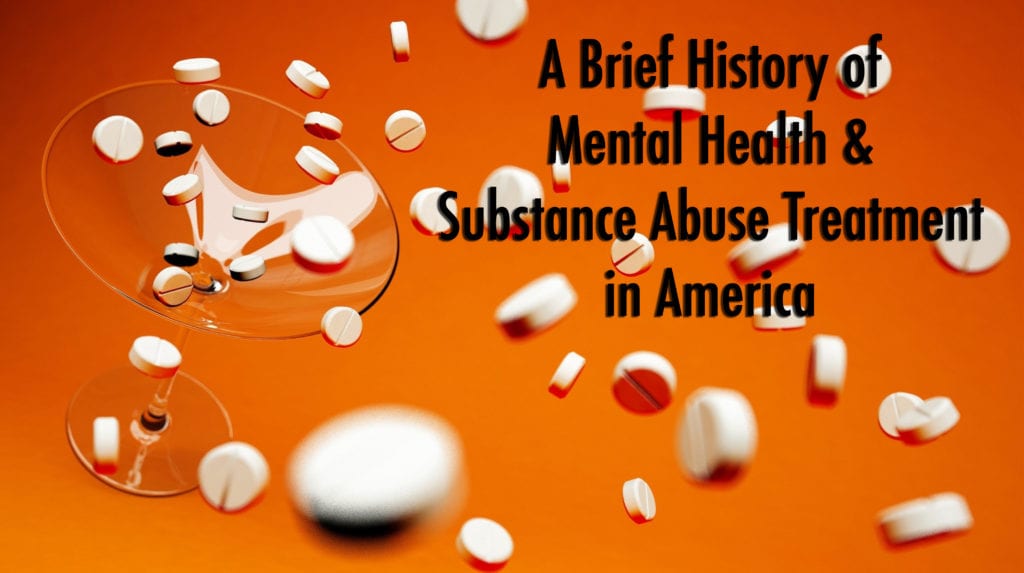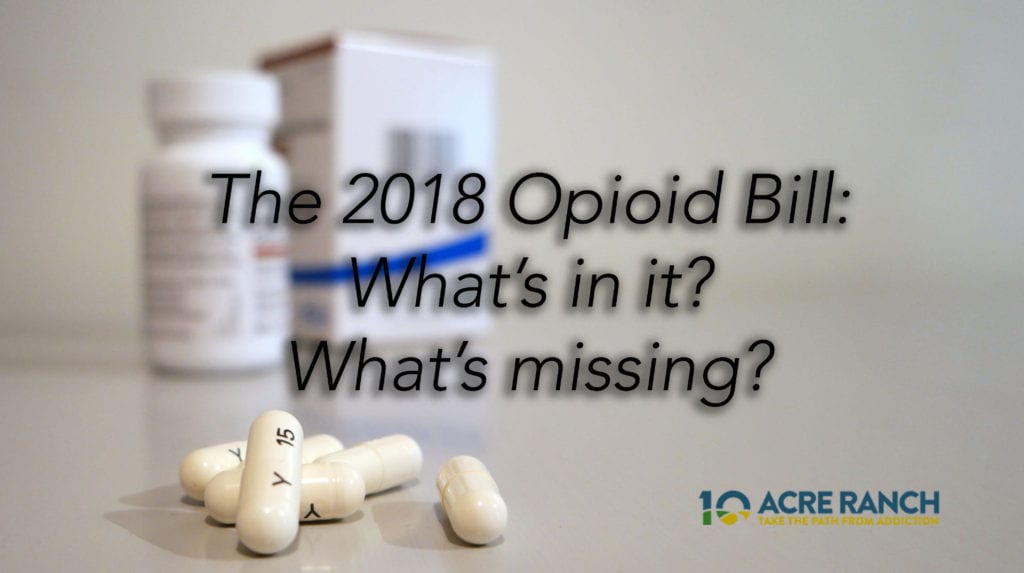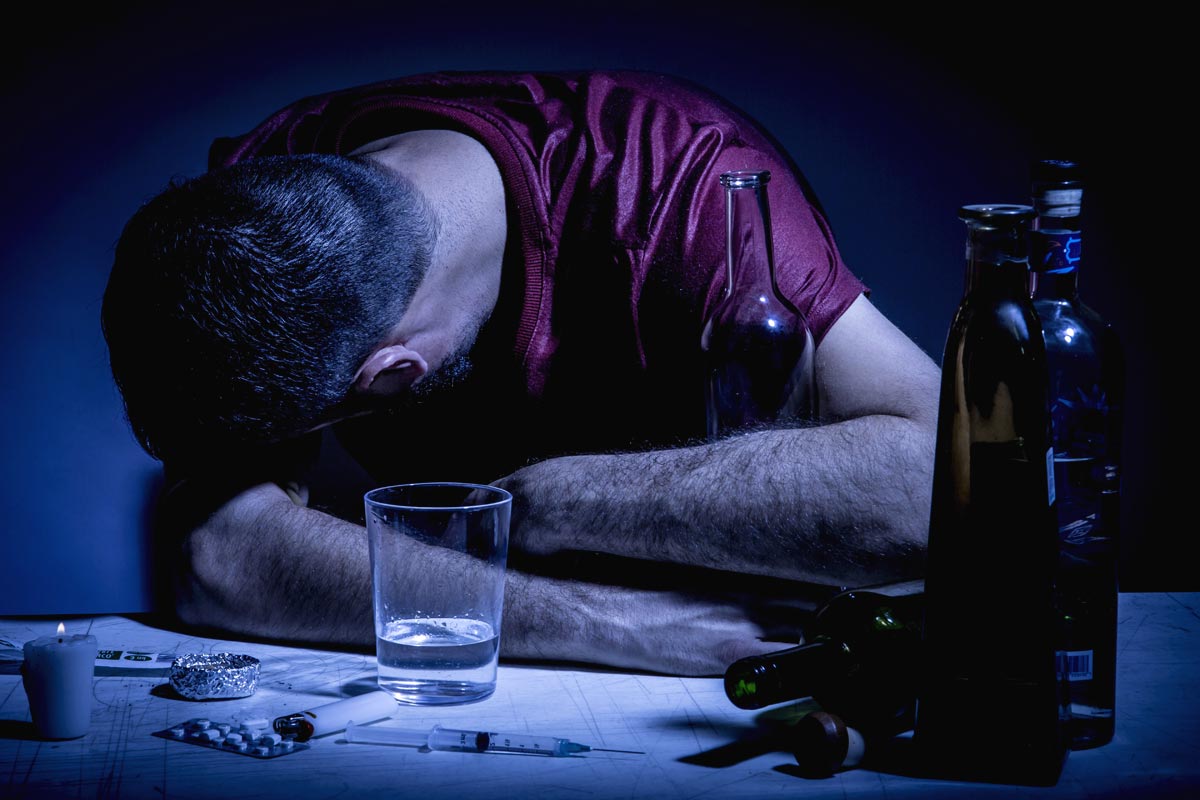This may be partially true, but for an honest, successful solution to the drug overdose crisis, we need to look at every possible …
A Brief History of Mental Health & Substance Abuse Treatment
In America the first instances of any substance abuse treatment were in the Native Americans’ ‘sobriety circles’. The European …
Continue Reading about A Brief History of Mental Health & Substance Abuse Treatment
The 2018 Opioid Bill
this problem. Allowing Medicaid to help fund up to 30 days of inpatient rehab stays, including medication-assisted treatment (MAT) …
Alcohol Use Disorder Treatment, Not Jail
Hopefully, one’s DUI ends up being the catalyst that brings about change and lasting recovery; for that to occur, treatment is the …
Continue Reading about Alcohol Use Disorder Treatment, Not Jail










